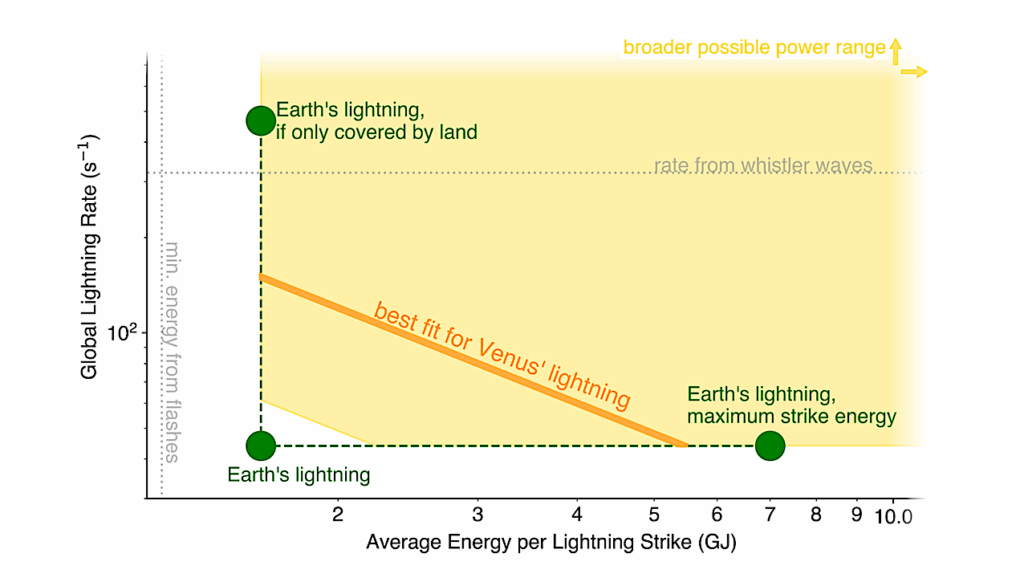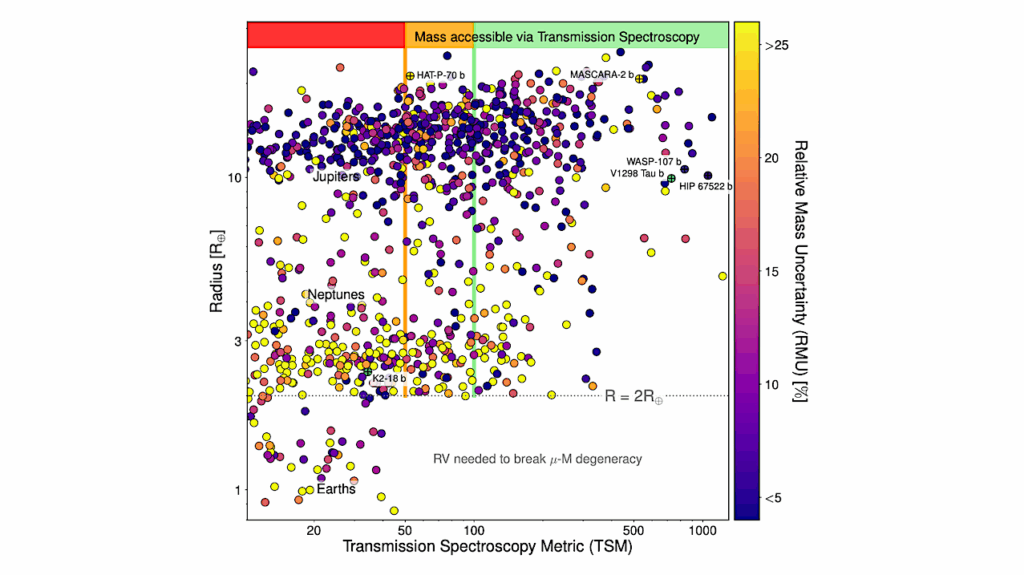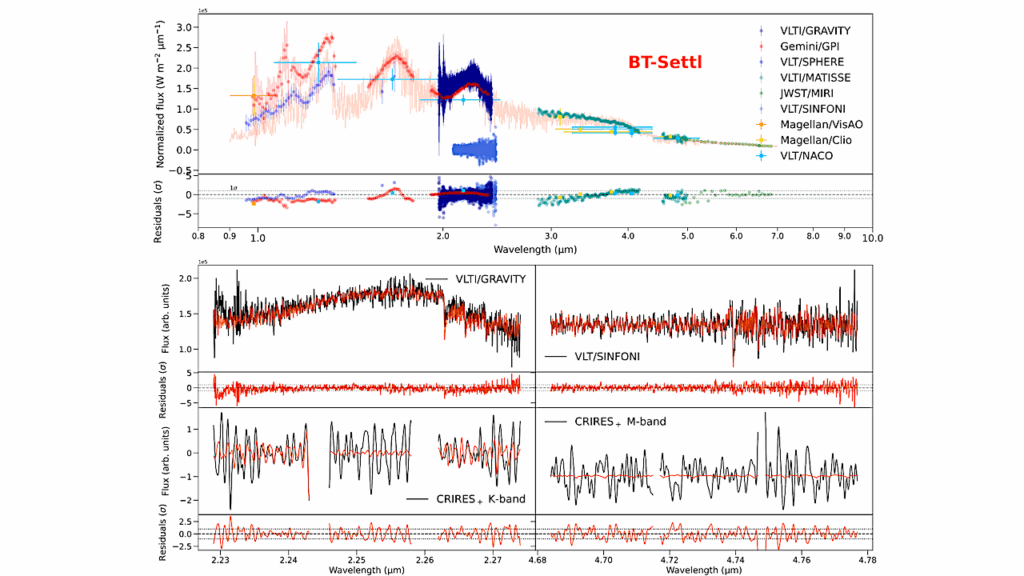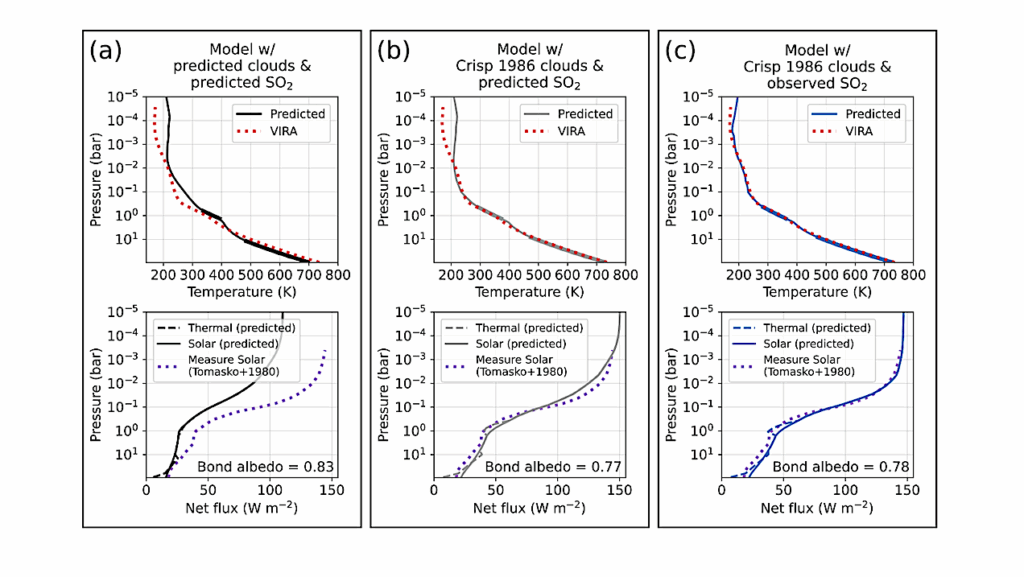Efficient And Inefficient Hydrodynamic Escape of Exo-satellite Atmospheres Driven By Irradiation From Their Young Giant Planets

The bolometric radiation from a central body is potentially a powerful driver of atmospheric escape from planets or satellites.
When heated above their equilibrium temperatures those satellites, due to their low surface gravity, are be prone to significant atmospheric erosion. Such high temperatures can be reached through a known mechanism: a large ratio of the irradiation to re-radiation opacities of the atmospheric species.
We investigate this mechanism for irradiating black-bodies of sub-stellar temperatures and find that specific molecules exist, such as NH3 and CH4, which develop temperature inversions under the irradiation of young post-formation giant planets. These non-isothermal temperature profiles lead to escape rates that can significantly exceed isothermal Parker-model escape rates evaluated at the satellite’s equilibrium temperature. Our results indicate that exo-satellites can lose most of their atmospheric mass through this mechanism if the cooling of the exo-satellite’s interior is not too rapid.
In all scenarios, we find a hierarchical ordering of escape rates of atmospheric species due to thermal decoupling in the upper atmosphere. This thermal decoupling leads to a natural depletion of CH4 and retention of NH3 in our models.
We find that giant planets with masses above 2mJup, for cold starts and above 1mJup in hot start scenarios are able to remove the majority of a Titan analogue’s atmosphere. Hence, finding and characterizing exomoon atmospheres in hypothetical future surveys can constrain the post-formation cooling behaviour of giant planets.
Matthäus Schulik, James E. Owen, Richard A. Booth, Shun Fai Ling, Shun Ping Wong
Comments: 22 pdf pages. Accepted for publication in MNRAS
Subjects: Earth and Planetary Astrophysics (astro-ph.EP)
Cite as: arXiv:2503.18049 [astro-ph.EP] (or arXiv:2503.18049v1 [astro-ph.EP] for this version)
https://doi.org/10.48550/arXiv.2503.18049
Focus to learn more
Submission history
From: Matthäus Schulik
[v1] Sun, 23 Mar 2025 12:34:36 UTC (1,318 KB)
https://arxiv.org/abs/2503.18049
Astrobiology,








